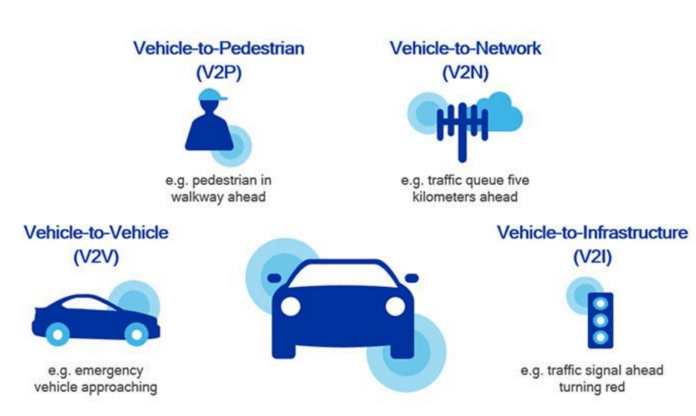Autonomous driving will usher in a new era of road safety as vehicles gain the ability to use 5G networks to connect to other cars, real-time traffic data, smart infrastructure and everything else, according to a new blog post from Qualcomm Director of Technical Marketing Maged Zaki.
Zaki highlights V2X, vehicle to everything, connectivity as the “foundation for the safe, connected vehicle of the future, giving vehicles the ability to “talk” to each other, pedestrians, roadway infrastructure, and the cloud.”
The World Health Organization regards road traffic injuries as the leading cause of death among people 15-29-years-old; more than 1.2 million people die in traffic accidents each year.
“Vehicle-to-Everything (V2X) technologies,” Zaki wrote, “starting with 802.11p and evolving to Cellular V2X (C-V2X), can help bring safer roads, more efficient travel, reduced air pollution and better driving experiences.”
According to World Health Organization figures, road traffic injuries are the leading cause of death among young people aged 15–29 years. More than 1.2 million people die each year worldwide as a result of traffic crashes. Vehicle-to-Everything (V2X) technologies, starting with 802.11p and evolving to Cellular V2X (C-V2X), can help bring safer roads, more efficient travel, reduced air pollution, and better driving experiences.
Zaki continued: “V2X technology is here today. Wi-Fi-based 820.11p has established the foundation for latency-critical V2X communications. To improve road safety for future light vehicles in the United States, the National Highway Safety Administration is expected to begin rulemaking for Dedicated Short Range Communications (DSRC) this year.
“Beyond that, tomorrow’s autonomous vehicles require continued technology evolution to accommodate ever-expanding safety requirements and use cases. The path to 5G will deliver this evolution starting with the C-V2X part of 3GPP release 14 spec.”

